Politburo member and Prime Minister Pham Minh Chinh performed the inauguration ceremony of the first Industrial Revolution 4.0 Center in Ho Chi Minh City, September 2024_Source: thanhnien.vn
1. Currently, the urban economic sector contributes about 70% of the country's GDP (1) , there are many challenges in building an effective governance system to maximize the exploitation of social resources and products, including developing a political, legal and financial institutional system, a two-tier local government model, an investment and business environment, and accurate decision-making processes...
However, the explosion of AI could be a turning point in overcoming these challenges. According to public administration experts, there are two areas of resources that we can apply immediately to spread the power of AI technology to innovate and develop breakthroughs in urban management. These are:
First, social resources
1- Business investment environment and urban management . Automating administrative procedures to improve the business investment environment and urban management is the most common use of AI, because it is low-cost and easy to deploy. AI can automate most processes. Any license application can be processed or reviewed in a very short time. Data can be shared from one agency to another without human supervision. In addition, AI can automate hundreds of tasks that would replace humans, saving time and money, so that civil servants can spend their time on important strategic tasks with a larger vision for the city.
2- Community relations. AI enhances the relationship between local governments and residents through the Fatherland Front and socio-political organizations in gathering opinions and recommendations from people and businesses to reflect to authorities at all levels. AI can help cities become more democratic, better implementing the model of “State of the people, by the people and for the people”, by simplifying access to information and services. In the near future, we may see residents collaborating on all kinds of projects, AI will synthesize their contributions into effective recommendations for the city. We can also imagine dynamic public services - not just urban planning and integration programs, but also social programs, law enforcement activities or building regulations - that adapt to real time and the changing needs of residents.
Second, product resources
“Decision” is an intellectual product of human input, which is important for all actions and the quality of social output. AI not only provides the opportunity to exploit large amounts of data (Big data), but also has the ability to help us maximize the resources of intellectual products in improving the decision-making process of urban leaders in a better direction.
In reality, cities collect a large amount of data on the urban environment: air quality, noise, utility consumption, traffic density, water supply and drainage, construction activities and markets... but rarely make the most of this rich source of information because they do not have enough skills or resources to process it...
AI can process data at a much larger scale, at a much lower cost than humans. AI can integrate multiple data streams such as cameras, sensors, surveys, languages, etc., and analyze, predict, simulate, and forecast trends in real time. AI can also get better over time, discovering hidden patterns and adapting to changing circumstances. For example, it can come up with MRT (Mass Rapid Transit) models for busy urban centers, commercial centers, ports, airports, large-scale stations, etc. to solve traffic congestion that hinders long-term development.
2. With the position of the most dynamic economic center of the country, Ho Chi Minh City currently contributes nearly 20% of GDP and 25% of the national budget revenue with an Innovation ecosystem ranked 111/1,000 global cities and third in Southeast Asia (2) . However, according to the latest results of the PCI competitiveness ranking of provinces and cities by VCCI, Ho Chi Minh City is still only in the top 30...
Despite many challenges, Ho Chi Minh City is still facing a great opportunity to transform strongly, affirming the position of the City named after Uncle Ho in the 4.0 Revolution with AI technology, as General Secretary To Lam recently stated: "developing artificial intelligence, identifying artificial intelligence as the spearhead and breakthrough" (3) .
AI has the potential to reduce the size of the “bloated” and bureaucratic public administration in large cities like Ho Chi Minh City; reshape the way local governments make decisions, deliver services, and serve their citizens in the most effective way. Case studies show that there are four key factors that ensure a successful AI application strategy in cities, including Ho Chi Minh City:
First, vision . A successful AI strategy must be aligned with a broader, more far-reaching urban vision, with clear goals and a set of priorities. The goal begins by identifying the most pressing needs, focusing on the use of new technologies on a set of goals. In other words, AI should not be deployed for the sake of technology development, because AI is not a trendy product but a tool to solve specific problems.
Overall, developing an AI strategy is not about having a document called an “AI strategy,” but about setting clear goals and priorities for the City, and then seeing how AI can help make that vision a reality.
Second, remove bottlenecks in the system. AI can improve city operations in many areas of urban life, but currently there is a lack of legal policies on AI, so the city must transform itself before technology can transform them. On all fronts, local leaders need to identify and remove obstacles that hinder innovation. That means ensuring that the spirit of innovation thrives at all levels of government. First, we must build a democratic and fair urban environment because innovation - the result of freedom and equality - is the source of prosperity. Next, we must build AI teams (Teamwork) to solve specific bottlenecks in the system. Finally , there must be inspection, summary and adjustment to ensure the strategy is on the right track.
Third, public-private partnerships (PPPs). City governments with strong executive powers can build partnerships with the private sector. Because AI technology is often more understood by researchers and startups than local governments. City governments can connect startups and university researchers to accelerate the development of community-oriented initiatives. PPPs are important for success, as each brings complementary qualities to the table.
Fourth, governance principles. As the City implements its AI strategy, it must implement responsible AI governance principles. First , it must establish AI oversight boards to review data sources and algorithms for accuracy and representativeness. Second , any AI system that interacts with residents must be tested to ensure appropriate accessibility. Third , it must obtain citizen consent, buy-in, and protect privacy. Fourth , it must involve citizens throughout the implementation of the strategy.
Based on the human factor as the decisive factor, the policy as the fundamental factor, along with the application of AI in a "humane - scientific" and effective way, the City named after Uncle Ho with the vision of the country's rising era will continue to write more powerful development history pages, towards a leading modern logistics and financial sea urban center in the region and the world, so that the song "Happy Day of Great Victory" will forever resonate on every step of the City's success in the Ho Chi Minh era./.
--------------------
(1) See: Vu Trong Lam - Nguyen Thi Diem Hang: "Urban development in Vietnam towards the goal by 2030, vision to 2045", Electronic Communist Magazine , https://www.tapchicongsan.org.vn/web/guest/tin-tieu-diem/-/asset_publisher/s5L7xhQiJeKe/content/phat-trien-do-thi-o-viet-nam-huong-toi-muc-tieu-den-nam-2030-tam-nhin-den-nam-2045, May 5, 2021.
(2) See: Trong Nhan: "Ho Chi Minh City ranks 3rd in Southeast Asia in innovation index", Tuoi Tre Online Newspaper , https://tuoitre.vn/tp-hcm-dung-thu-3-dong-nam-a-ve-chi-so-doi-moi-sang-tao-20241217144119546.htm, December 17, 2024.
(3) See: Nguyen Hoang: “General Secretary To Lam chairs the meeting of the Central Steering Committee on science, technology development, innovation and digital transformation”, Government Electronic Newspaper , https://baochinhphu.vn/tong-bi-thu-to-lam-chu-tri-phien-hop-ban-chi-dao-trung-uong-ve-phat-trien-khoa-hoc-cong-nghe-doi-moi-sang-tao-va-chuyen-doi-so-102250304194701969.htm, March 4, 2025.
Source: https://tapchicongsan.org.vn/web/guest/thuc-tien-kinh-nghiem1/-/2018/1090902/tri-tue-nhan-tao---co-hoi-cho-thanh-pho-thoi-dai-ho-chi-minh.aspx


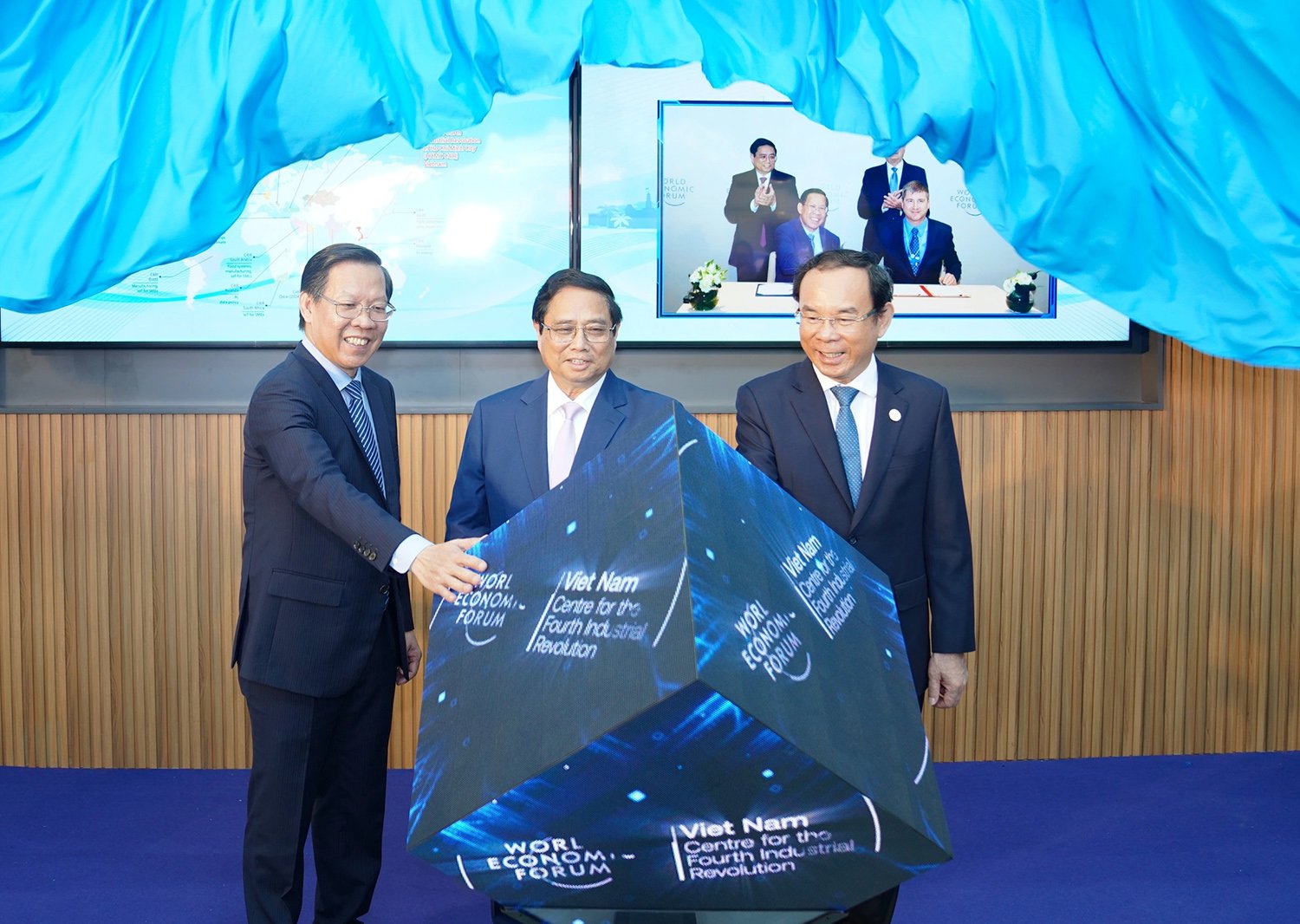
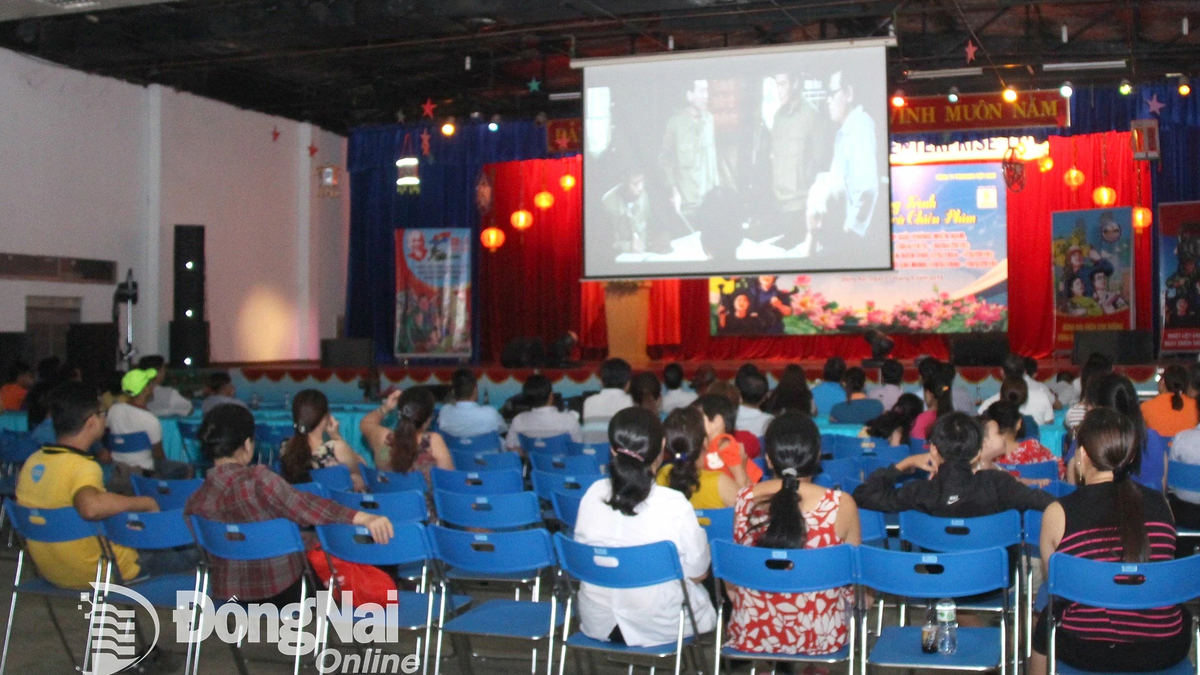
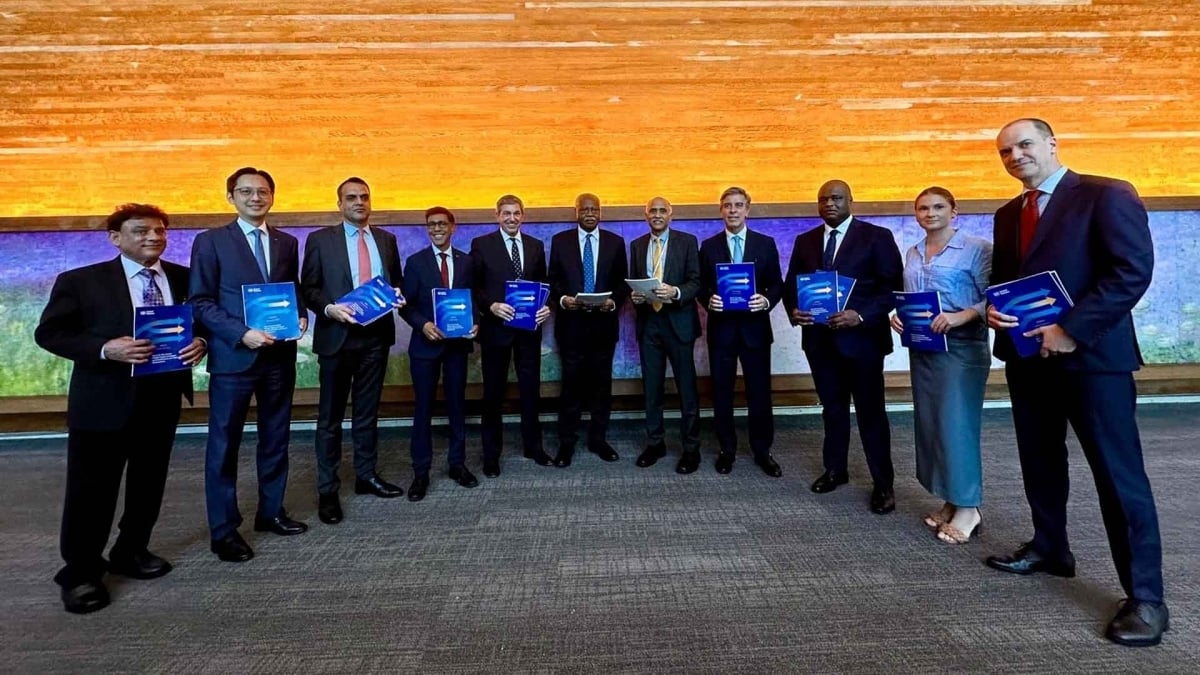







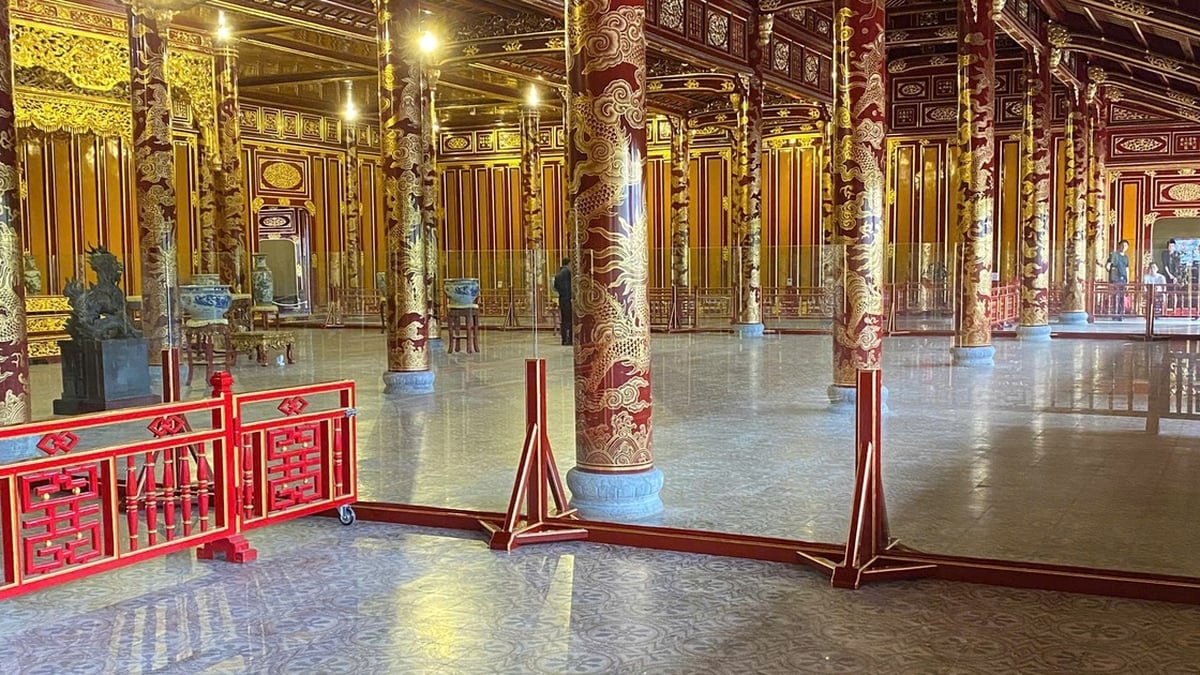
























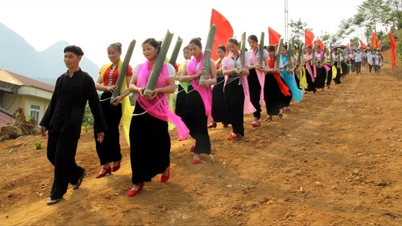




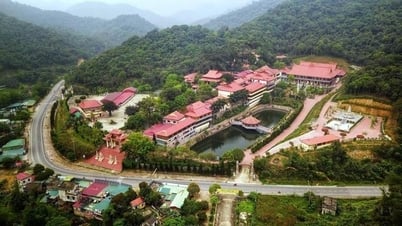









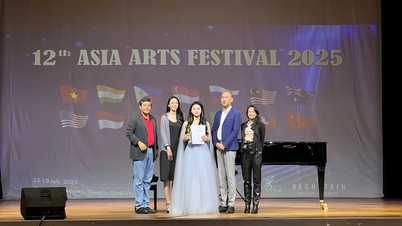






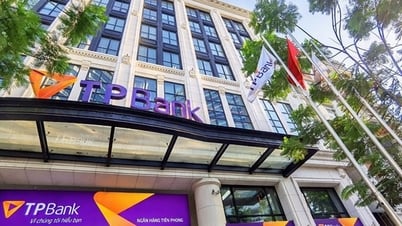

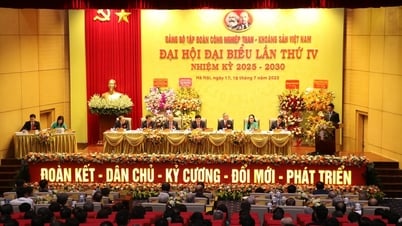
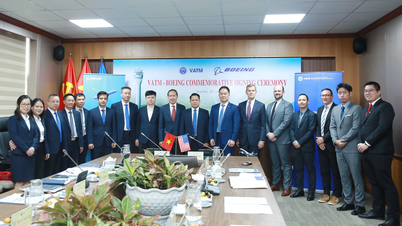



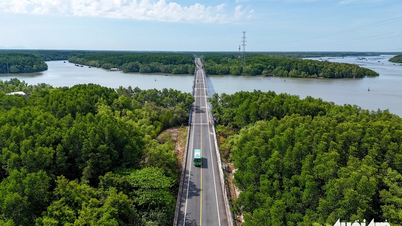


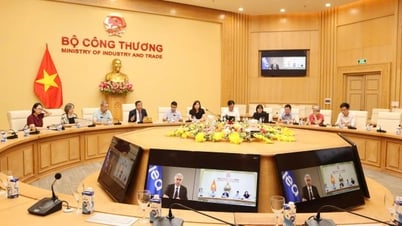

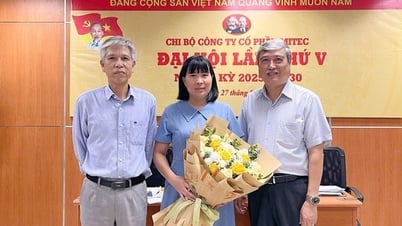


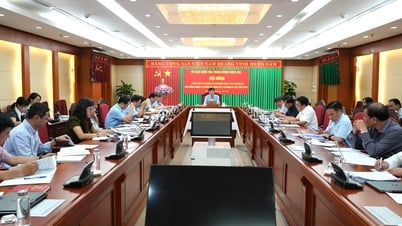


















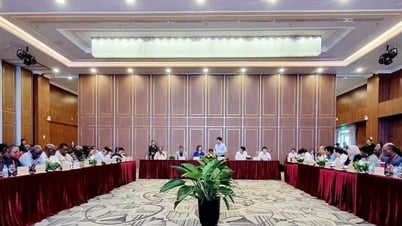

![[Infographic] In 2025, 47 products will achieve national OCOP](https://vphoto.vietnam.vn/thumb/402x226/vietnam/resource/IMAGE/2025/7/16/5d672398b0744db3ab920e05db8e5b7d)




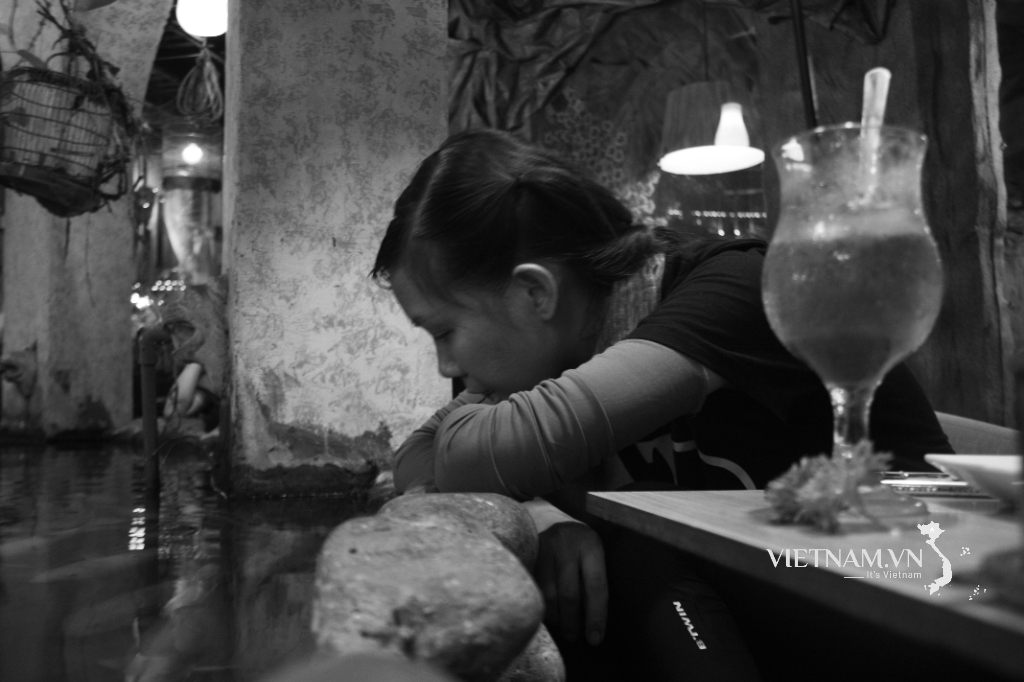
Comment (0)